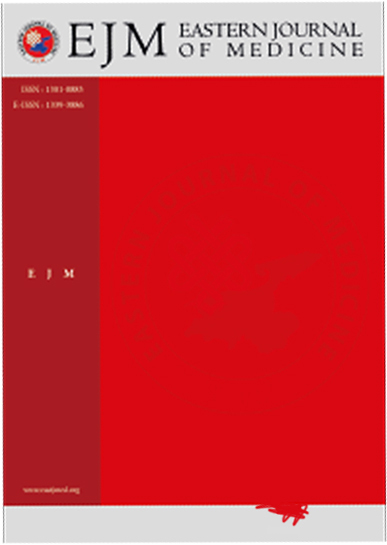Evaluation of Bone Mineral Content in Children with Chronic Hepatitis B: A 12-Year Retrospective Study
Serdar Göktaş1, Nafiye Urganci211SBU. Van Education and Research Hospital, Department of Pediatric Immunology and Allergy, Van, Turkey22SBU. Şişli Hamidiye Etfal Training and Research Hospital, Department of Pediatrics, Division of Pediatric Gastroenterology, Hepatology, and Nutrition, Istanbul, Turkey
INTRODUCTION: Chronic Hepatitis B (CHB) is an HBV infection lasting over six months. This study evaluates its relationship with bone mineral density (BMD) and explores the underlying mechanisms.
METHODS: This retrospective study analyzed 12 years of data from 77 CHB patients meeting inclusion criteria at Şişli Hamidiye Etfal Training and Research Hospital. Patient demographics, biochemistry, liver biopsy findings, and DXA Z-scores were assessed, with statistical analyses performed.
RESULTS: The mean age of the participants was 9.76±3.87 years (range: 320), with 63.6% male. Based on the histological activity index (HAI), 32.4% of the patients had minimal, 50% had mild, and 17.6% had moderate disease activity, with no severe cases detected. Fibrosis scores were as follows: 18.2% scored 0, 63.6% scored 1, 9.1% scored 2, 5.2% scored 3, and 3.9% scored 4. A total of 16 patients (20.7%) had low BMD (DXA z-score ≤-2), but no fractures were observed. Although female patients had lower DXA Z-scores than males, this difference was not statistically significant (p=0.0531). Moreover, no gender-related differences were observed in low BMD prevalence.
DISCUSSION AND CONCLUSION: No significant differences were found between the normal and low BMD groups in total HAI and fibrosis scores. However, a significant positive correlation was observed between HAI score and fibrosis (r = 0.2307, p = 0.0435). DXA screenings in larger CHB patient groups may help refine guidelines and enhance early assessment.
Manuscript Language: English














